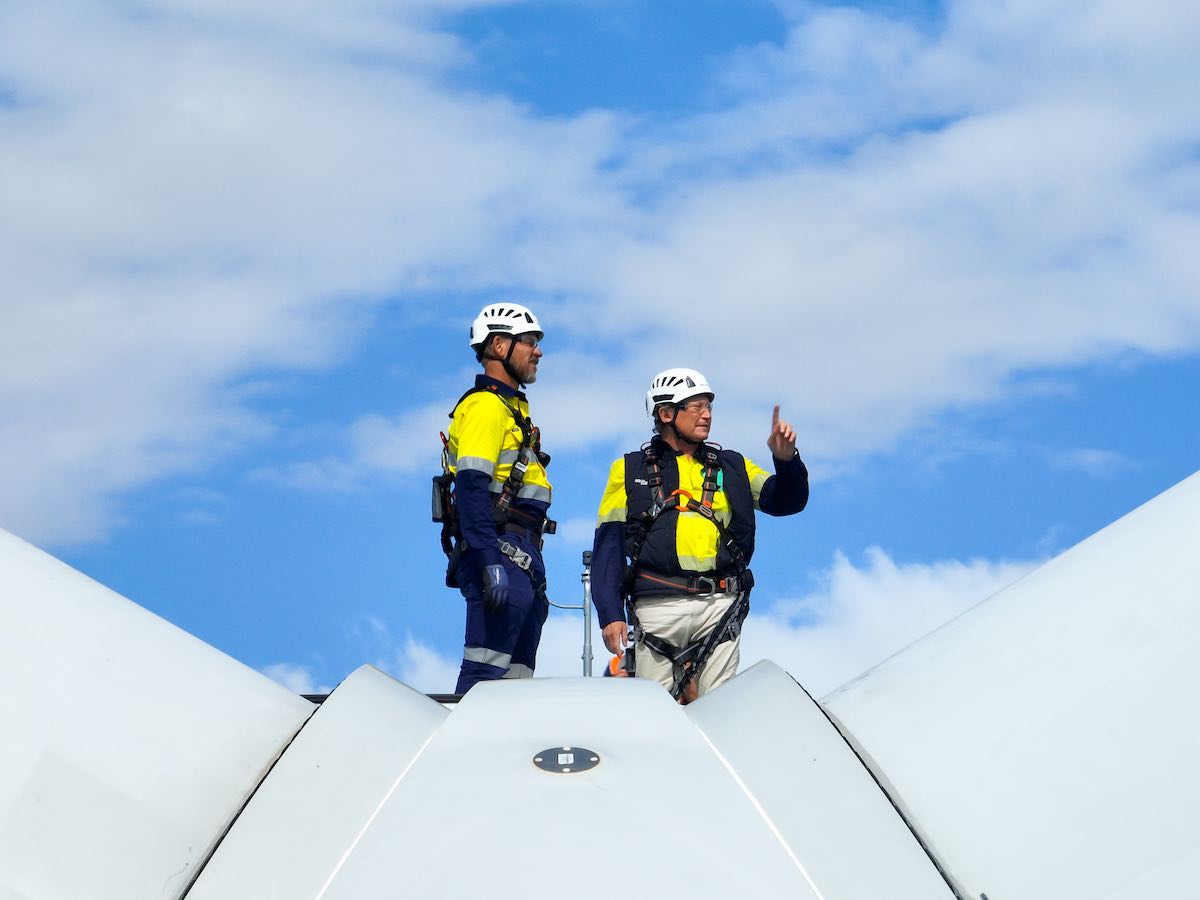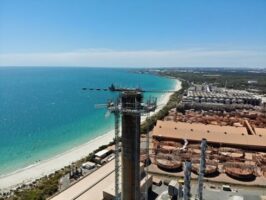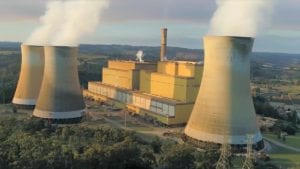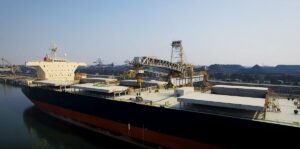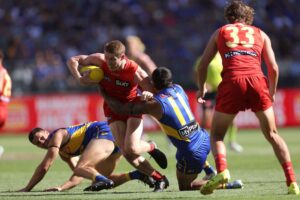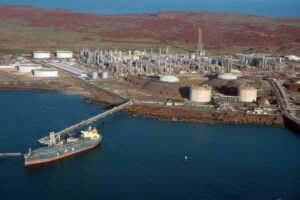Someone needed to do it, and it might as well have been one of the senior executives for iron ore billionaire Andrew Forrest’s growing renewables interests.
Jason Willoughby, the CEO of the Forrest-owned Squadron Energy, has slapped down the widely reported comments of ex-Snowy Hydro chief Paul Broad, who said that the federal government’s renewable energy target of 82% by 2030 (which is backed by the market operator) is “bullshit.”
Broad’s anti-modern energy views are no secret – his most notorious are branding demand management as “enforced blackouts.”
But they have become increasingly rampant – and found a new home in the conservative and mainstream media – since his unceremonious departure from the federal government-owned Snowy – an outcome Broad now says was inevitable with Chris Bowen as energy minister.
His comments this week make it crystal clear why this was so.
“The notion that you can have 80% renewable in our system by 2030 is, to use the vernacular… bullshit,” Broad told 2GB radio‘s Ben Fordham on Thursday.
“The truth is,” he continued, “this transition, if it ever occurs, it will take 80 years, not eight.”
Broad went on to claim that New South Wales could not afford to close Origin Energy’s Eraring coal plant in 2025, with the grid already “on a knife’s edge” following last week’s closure of Liddell in the Hunter region.
“You watch when it gets really hot, or really cold, just how tight it gets in New South Wales,” he said. “If the lights don’t go out I’ll be awfully surprised.”
To its credit, 2GB on Friday sought an alternative view to Broad’s, inviting Willoughby, now head of what is arguably the country’s biggest renewable energy developer, to respond.
“I’ve been doing …projects in the energy sector for over 20 years,” Willoughby told 2GB’s Chris O’Keefe.
“I know what it takes to build [renewable energy projects] how long it takes to build them, what it costs to build them and how they operate. And I’m telling you that achieving 82% renewables by 2030 is absolutely achievable.”
Willoughby last week joined Forrest on top of a wind turbine at Squadron Energy’s Bango wind farm in southern NSW, as part of the 224MW project’s official launch.
As RenewEconomy reported, the event was timed to coincide with the closure of Australia’s largest coal plant, the Liddell power station, in the state’s Upper Hunter Region.
Forrest used the wind farm’s launch to bid adieu to the “massive coal-fired monster,” and to restate his group of companies’ promise to do all they can to help decarbonise Australia.
“Business, in full partnership with government, must work to do everything we can to bring our emissions down as a nation,” he said.
“Squadron will play a leading role in this, providing one third of the energy required to reach 82 per cent renewables by 2030.”
Speaking on 2GB on Friday, Willoughby spoke to Squadron’s efforts on this front, noting that the company had been preparing for the renewables ramp-up for 15 years.
“You can see that we’ve got a big range of projects ready to start building,” he said. “Next month, we’re going to be announcing the construction of a half gigawatt project on the Wellington.
“So it’s underway. We’re not sitting back and waiting and saying how are we going to get there? We’ve been preparing for this and now we’re getting ready to deliver.
“We’re really confident that we’re going to be able to build out the renewables that we need, and we’ll be able to support it without burning [fossil fuel] power to make sure that everyone gets reliable and cheap and low emissions electricity,” Willoughby said.
This is a point that Broad disagrees on, telling 2GB the day before that the “notion” you can transition to renewables, with the necessary transmission and storage, and bring down electricity prices is “just wrong.”
“It’s absolutely wrong. It’s misleading, it’s false,” he said. “And to keep suggesting that… I think eventually, eventually, you know, the average punter wakes up and … there’ll be a reaction.”
Willoughby’s reaction? “I fundamentally disagree with that, Chris.
“The reason power prices went up last year because we relied on old … coal fired plants
“We did the calculations and I know wind and solar and batteries are cheaper than coal fired generation,” he added, noting the report from the Australian Energy Market Operator just last week that put the recent drop in power prices down to more renewables in the system.
“And the more that we put in, the more that power [prices] will come down,” Willoughby said.

